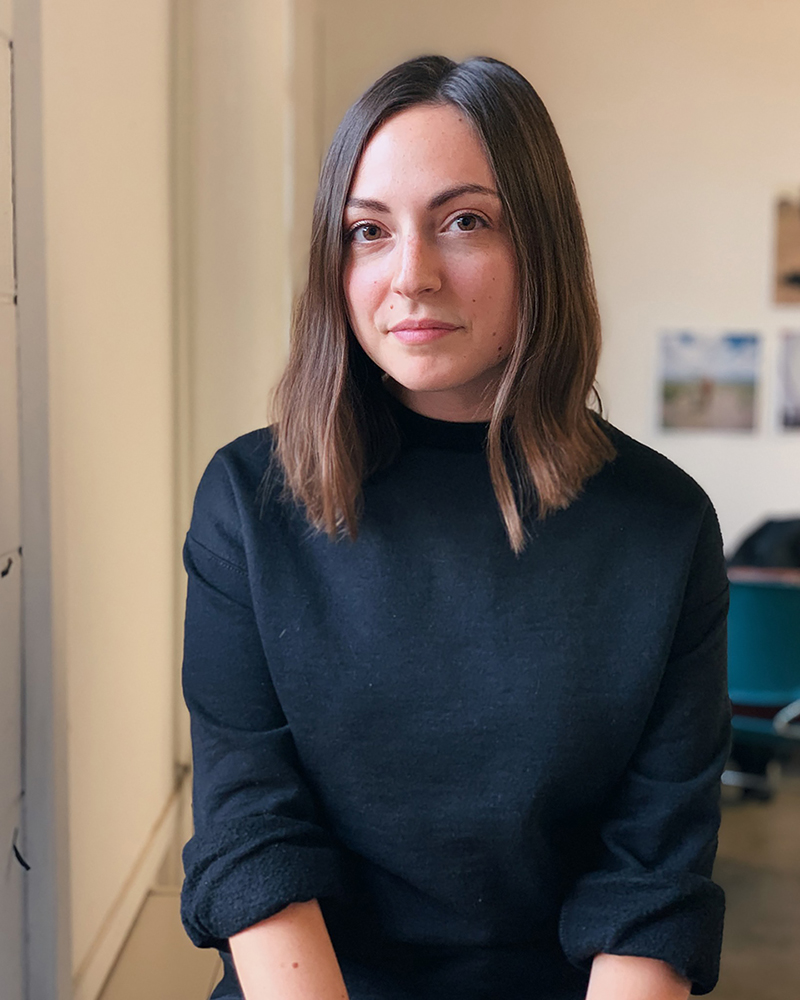Hannah Altman is a Jewish-American artist from New Jersey. She holds an MFA from Virginia Commonwealth University. Through photographic based media, her work interprets relationships between gestures, the body, lineage, and interior space.
She has recently exhibited with the Virginia Museum of Contemporary Art, Blue Sky Gallery, the Pittsburgh Cultural Trust, and Photoville Festival. Her work has been featured in publications such as Vanity Fair, Carnegie Museum of Art Storyboard, Huffington Post, New York Times, Fotoroom, Cosmopolitan, i-D, and British Journal of Photography. She was the recipient of the 2019 Bertha Anolic Israel Travel Award and included in the 2020 Critical Mass and Lenscratch Student Prize Finalists.
She has delivered lectures on her work and research across the country, including Yale University and the Society for Photographic Education National Conference. Her first monograph, published by Kris Graves Projects, is in the permanent collection of the Metropolitan Museum of Art Thomas J Watson Library.
Kavana
Jewish thought suggests that the memory of an action is as primary as the action itself. This is to say that when my hand is wounded, I remember other hands. I trace ache back to other aches - my mother grabbing my wrist pulling me across the intersection, my great-grandmother's fingers numb on the ship headed towards Cuba fleeing the Nazis, Miriam's palms pouring water for the Hebrews in the desert - this is how a Jew understands action. Because no physical space is a given for the Jewish diaspora, time and the rituals that steep into it are centered as a mode of carrying on. The bloodline of a folktale, an object, a ritual, pulses through interpretation and enactment. In this work I explore notions of Jewish memory, narrative heirlooms, and image making; the works position themselves in the past as memories, in the present as stories being told, and in the future as actions to interpret and repeat. To approach an image in this way is not only to ask what it looks like but asks: what does it remember like?
